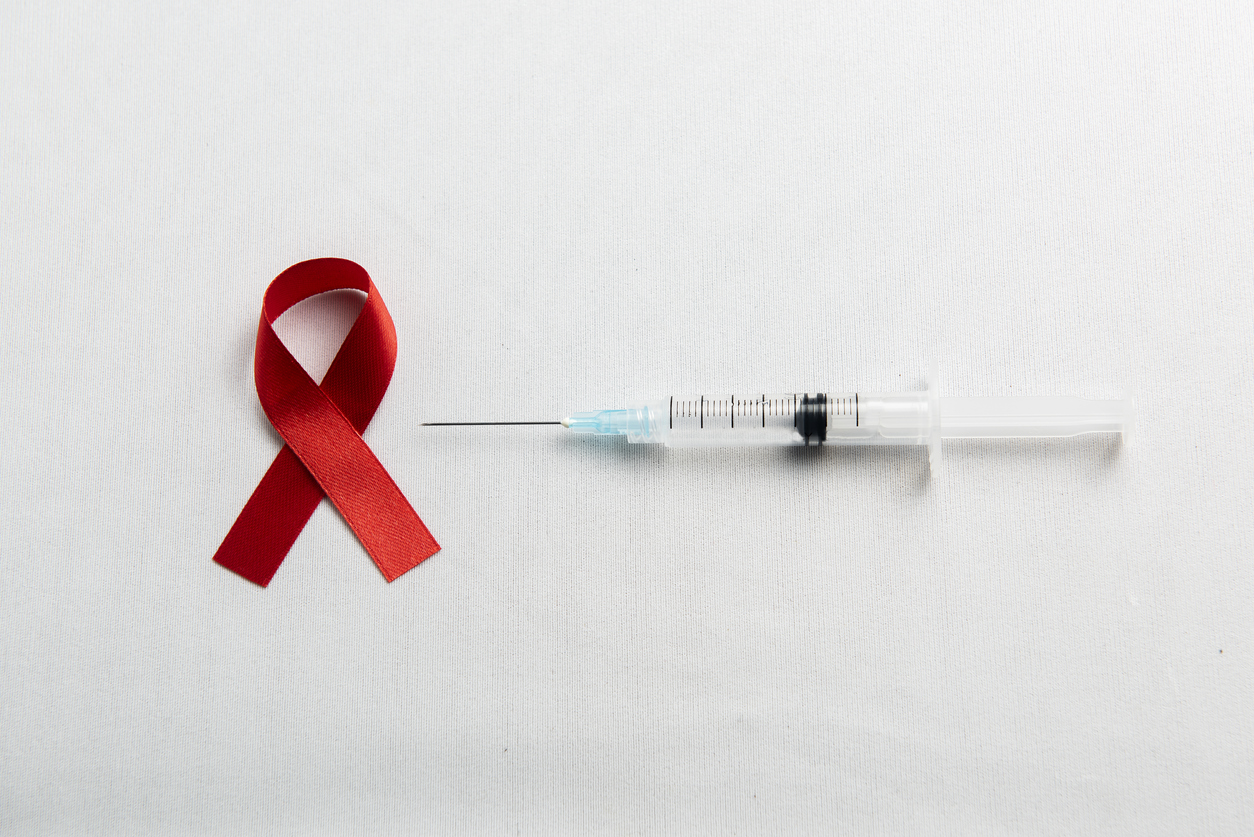2025-09-25
Sharing the contraceptive burden: men step into the game
Gynecology
#Contraception #MaleContraception #Gynecology #Testosterone
For more than half a century, contraception has rested primarily on women’s shoulders. But a turning point seems to be approaching: research on hormonal male contraception is progressing rapidly, opening the way to a new era of shared responsibility.
The strategy relies on a simple but effective principle: administering testosterone (alone or combined with a progestin) to block the hormonal axis that stimulates sperm production. The result: a drastic reduction in sperm output, reversible once treatment stops. Men retain sexual function thanks to circulating testosterone, but their testes stop producing the sperm needed for fertilization.
The first studies, conducted as early as the 1970s, already demonstrated the effectiveness of testosterone enanthate in inducing temporary azoospermia. Since then, large-scale trials—particularly in China—have confirmed its potential. With monthly testosterone undecanoate (TU) injections, more than 95% of men reach sufficient suppression of sperm production, with a failure rate comparable to the female pill. Fertility typically returns within six months after discontinuation.
Winning combinations… and their limits
Adding progestins such as norethisterone enanthate further improves contraceptive efficacy, but some trials had to be stopped due to reported mood changes and cases of depression—even though most participants declared themselves satisfied. Other approaches, such as GnRH analogues, still face issues of cost and practicality.
Towards a “male pill”
New generations of molecules are raising considerable hope. Synthetic androgens with dual action (androgenic and progestogenic), such as dimethandrolone undecanoate (DMAU) or 11β-MNTDC, are being tested as daily pills or long-acting injectables. Early results are encouraging: good tolerability, effective hormonal suppression, and maintenance of the androgenic effects required.
A response to a global challenge
Nearly 50% of pregnancies worldwide are unplanned, with major health and economic consequences. Hormonal male contraception appears as an essential public health lever, enabling men to share the contraceptive burden. Surveys and polls show growing public interest, especially among younger generations.
The scientific evidence is mounting: hormonal male contraception is effective, reversible, and safe. Injections, gels, or pills—several formats are on the horizon. What remains is to clear the final regulatory steps and ensure equitable access. If funding follows, the “male pill” could well join the global contraceptive arsenal within the next decade.
Read next: The pill, myths & realities: what you’re not (often) told
About the author – Lila Rouland
Source(s) :
Wang, C., Meriggiola, M. C., Behre, H. M., & Page, S. T. (2024). Hormonal male contraception. Andrology, 12(7), 1551–1557 ;

Last press reviews
Could cinnamon become a natural treatment for metabolic syndrome?

By Lila Rouland | Published on December 5, 2025 | 3 min read<br><br>...
Who is afraid of Christmas? Do holidays trigger psychiatric crises?

By Carolina Lima | Published on Décember 4, 2025 | 3 min read
Twice-yearly injections to change the game?

By Ana Espino | Published on December 3rd, 2025 | 3 min read